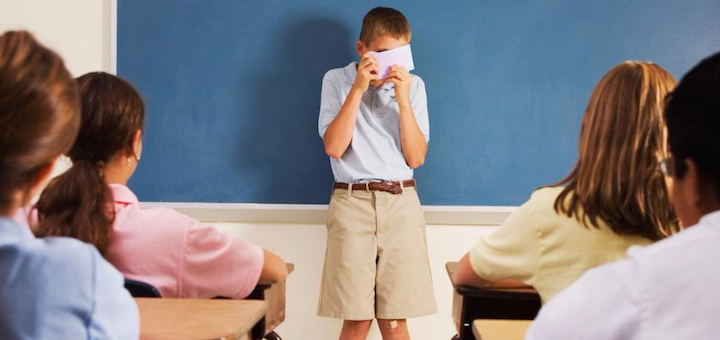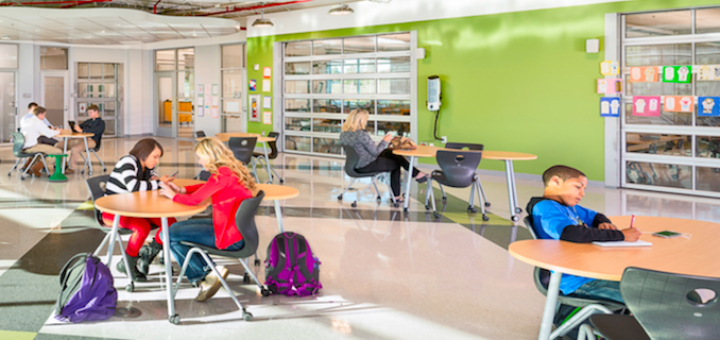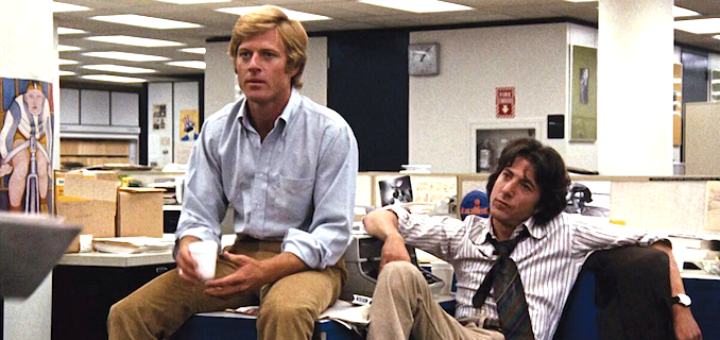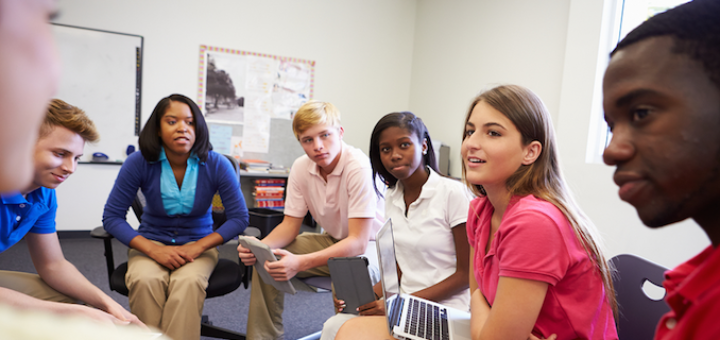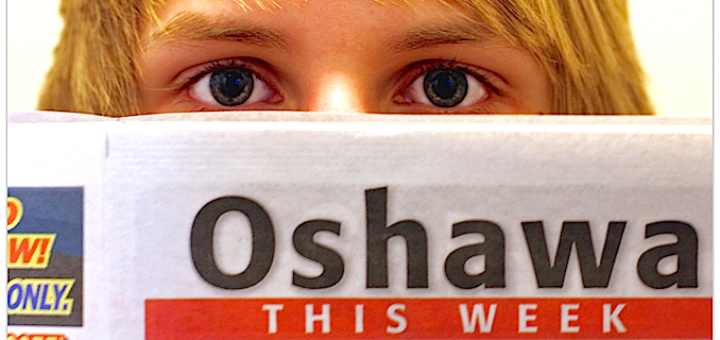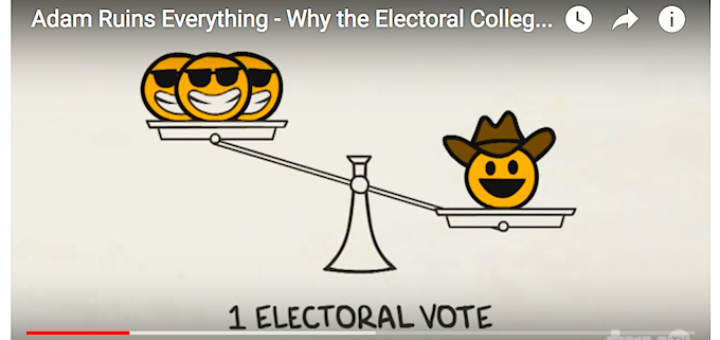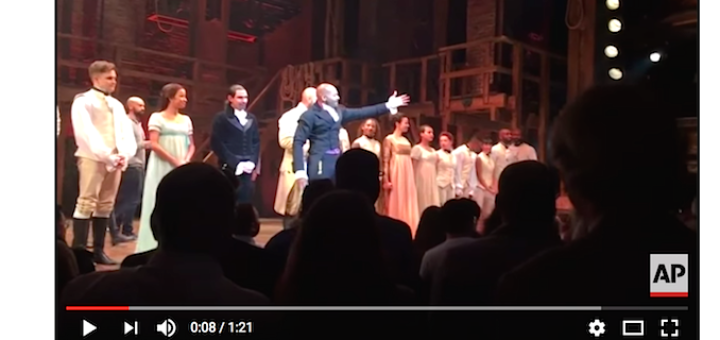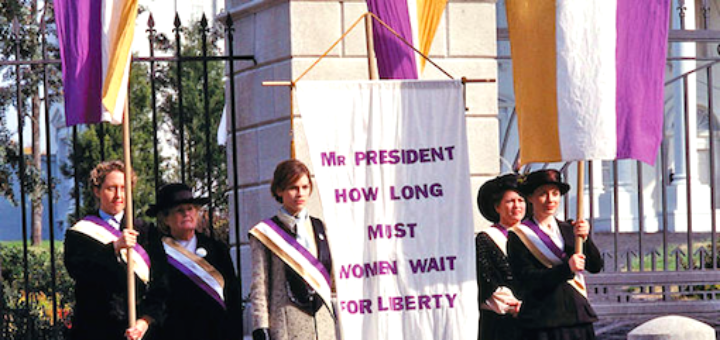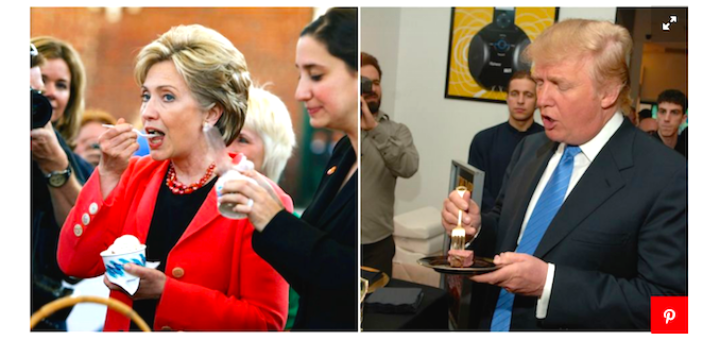Category: Future of History
We all want our students to contribute more to class by doing more of the talking. But getting kids to participate effectively is easier said than done. Lauren Brown applies Erik Palmer’s PVLEGS and Dave Stuart Jr.’s pop-up debates to help students grow as speakers.
Amid a near-universal celebration of collaborative, interactive work as a 21st century reality and ideal, teacher Sarah Cooper investigates something we so often forget in our classrooms and our schools: the need for quiet space and the challenges of achieving it.
Showing short video clips to her history students is easy for Sarah Cooper to justify, but with full-length movies she is more cautious about the time investment. Here she shares three films that make the cut: Iron Jawed Angels, Glory, and All the President’s Men.
Bit by bit, during each Friday’s 43-minute current events session, Sarah Cooper’s eighth graders come closer to a democratic classroom culture that students really own – through their ideas, through their questions, through their wondering how the world works.
Social studies teacher Sarah Cooper improved classroom conversation and debate when she let students select and then rate current events articles as “super,” “okay,” or “not that great for discussion.” Cooper shares her process and some samples from each category.
Discussing political news in class continues to feel like “walking on glass barefoot,” says Sarah Cooper. She’s drawn toward humorous interpretations of current events to reduce tensions. After some trial and error, Cooper uses four criteria for video selection.
With post-election “vitriol” just below the surface in her classes, Sarah Cooper employs of a familiar history teaching tool: shifting perspective. First students discuss the Hamilton cast’s statement to VP-elect Mike Pence – then Jefferson’s slave ownership.
In the wake of the election, Sarah Cooper recalls that teaching MS history means teaching identity. “It’s our job to give examples. It’s our students’ job to internalize what they agree with, set aside what they don’t, and grow into the human beings we know they can become.”
The idea of asking students to create eye-catching, source-rich websites is appealing, writes history teacher Sarah Cooper. But are the two weeks spent learning the tech and developing content a good investment of class time? She reflects on both sides of the issue.
This fall Sarah Cooper is taking her usual current events unit in a fresh direction using a favorite strategy: layering news from today and yesterday. To demonstrate, Cooper draws on everything from suffragette “campaign” quotes to a John Oliver clickbait tirade.

